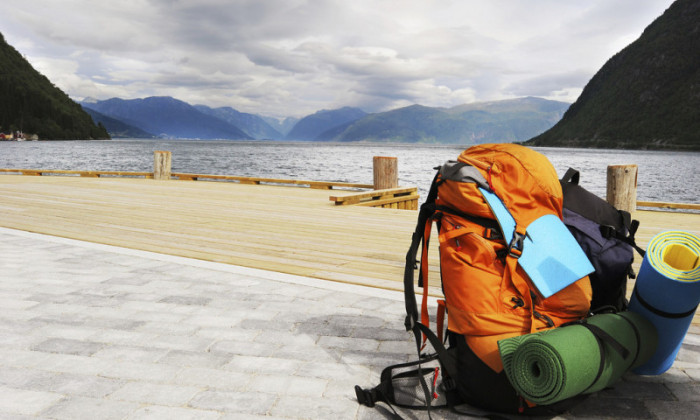
Expenditure on programmatic advertising campaigns targeting travel audiences in Singapore grew by 280% yoy in 2017, according to new analysis by Eyeota’s audience data. Eyeota’s new Eye On: Travel report shows that advertisers have evolved their data strategies in 2017, with 50% of campaigns using niche audience segments to reach targeted customers.
While programmatic advertising expenditure grew by 2.9x yoy across Asia, Singapore was the top market at 2.8x yoy. Globally, lifestyle targeting is accelerating. Travel brands looking to reach consumers are focusing more on lifestyle-based interest segments, although investment in general interest segments remain the highest.
Hotel brands and travel agents target a mix of demographic and lifestyle, aiming to influence travellers early in their planning phases. They spend heavily on audience data for spring campaigns that target early summer planners, but tend to spend the most in mid-late autumn to reach end of year/holiday travellers. Airlines have a similar data spending cycle as hotel brands and travel agents, but peak spending around last minute summer bookings. They highly prefer targeting based on intent and spending power segments, ranging from budget to business travellers.
Tourism Boards engage the masses with targeting based on general travel interest. They are subject to more than seasonal events, including socio-political factors and, hence, target all year round.
The four different travel audiences
Segmented into four different travel audiences, Eye On: Travel highlights top interests and lifestyles that factor into consumer purchase motivations: Family, budget, business, and luxury.
Business and luxury travel audiences were the two highest profiles in demand. In fact, 33% of overall travel audience spend in this market was attributed to business travellers, while demand for luxury audience segments rose 2.3x yoy.
Business travellers are 98% more likely than average to consider frequent flyer or loyalty programs important when choosing an airline. As frequent travellers, they prioritise convenience and experience, while also putting emphasis on value and quality when making a purchase.
Business travellers tend to book their flights and accommodations within seven days of their departure.
Luxury travellers are 40% more likely than average to be driven by ethical considerations, and prefer outdoor vacations on the beach, in nature or in the mountains. They are creatures of habit, preferring to stick to routines and visit the same destinations. They are very brand loyal and make an effort to purchase flights from airlines with which they have loyalty programs.
Family travel planners prefer destinations where families can spend time exploring or unwinding together, such as theme parks or nature parks. They are heavily influenced by seasonal events, such as summer or national holidays, and typically book their travels within three months of departure. When researching getaways, they are 1.4x more likely than the average traveller to look at ethical factors, such as Fair Trade, animal welfare, and environmental impact. They are 1.2x more likely to be driven by price, while also considering the convenience of travel.
Budget travellers are 77% more likely than average to consider personal recommendations and online reviews important when planning holiday trips. With price as a big factor in deciding when and where they go, they plan vacations around deals or sales, and don’t mind travelling during off-peak seasons.
Budget travellers tend to lean towards more beach-oriented vacations or exotic destinations.
They are 1.2x more likely than average to seek adventurous experiences.
Airlines had the highest spend across all subsectors, increasing by 25% in 2017. Hotels, Resorts & Casinos had the highest growth in audience spending with a 5.4x surge last year.
“As more consumers research and book their travel plans online, audience data will increasingly shape the evolution of digital travel advertising. Marketers are deriving insights from consumer attributes to enhance the performance and reach of their targeting campaigns. Understanding their interests and purchase motivations will help marketers successfully engage with their target audiences,” Priya Khatri, general manager, Asia, Eyeota, said.
Source Link:- http://www.marketing-interactive.com/travel-sector-spend-on-programmatic-ads-increase-wheres-the-money-at/






